The exact instructions for how to cure ink are “figure it out.” There is no magic formula of dryer setting and belt speed that I can give you, no matter how many of you beg for that information. There are too many variables.
Some of this follows earlier posts, but this is a topic that continues to come up in conversations with printers.
I have had extensive conversations with just about all of the ink companies. They are extremely reticent to make any concrete recommendations about dryer settings for curing their inks. The approximate phrase they use for plastisols is to set the dryer so that the “the entire ink film reaches 320 degree F. for ten seconds.” How one gets the ink to that temperature is subject to a whole lot of variables including:
– thickness of the ink film
– ambient temperature (your shop might be 35 F. on a winter morning, or could be 115 F. or more during a summer heat wave.)
– ambient humidity (shops can be bone dry or it can practically be raining)
– moisture content of the garment (which can be affected by how the textile is manufactured (for example how much water comes out after a shirt is garment dyed…), humidity while in storage, humidity while in transit, humidity absorbed while in your damn shop, oops, typo or damp shop…)
– type of dryer (gas vs. electric)
– air flow in the dryer (or lack thereof)
– flashing: was the garment flashed, for how long and how many times
– garment already passing through the dryer from a previous location(s) being printed
– color of the ink
– color of the garment
– composition of the garment (cotton, poly, nylon…)
– dryer load (how many shirts are passing through the chamber)
– length of the heat chamber
– air flow into the dryer
– ink manufacture and composition
– reflectivity of the ink (reflective ink and metallics may take more heat/time to cure)
– type of ink (water-based inks have to have all the water dry, and then the other components fuse together permanently)
For example imagine the difference in these two plausbile scenarios:
1. A shop in Maine in March where the temperature on Monday morning is 50 degrees and the shirts arrived in a UPS truck when it is 30 degrees outside and it was raining and the shop is printing one metallic color on 12 ounce white hoodies and it is going through a short electric dryer. You would have to set your dryer to a temperature just south of scorching, like 400 degrees F, and leave the garments in for several minutes and then you might have to even pass them through several more times to get a cure.
2. A shop in the desert in New Mexico in August and it is 110 F. You print three thin ink deposits on a black tri-blend shirt with two flashes and it goes through a long gas dryer with 16 foot heat chamber. You probably could put your belt almost at maximum speed and set it at 320 F. or less and you would get a good cure.
This is all further complicated because you cannot really know what is going on inside your dryer. Using a combination of the dryer’s sensors, a heat gun (pyrometer), heat tapes, and temperature probe (“donut probe”) one can get some idea of what is going on in the dryer but really all the information is relative and not absolute. Part of the final determination of whether curing is being acheived will require noting all the information and then washing the printed garment to check for curing.
This is all very complicated and not very well understood by most printers.Techs that travel to many shops estimate that 10 percent of shops are overcuring ink (making the ink more brittle or causing “re-melt” leaving the ink permanently sticky and very shiny) and up to 30 or 40 percent of shops are not achieving full cure of their inks on all of their jobs.
-Take lots of notes about your dryer temperature and times.
-Be aware of the humidity and temperature in your shop.
-Use all those temperature measuring aids mentioned above.
– Wash shirts and see what happens
– When possible always go for more time and less temperature for curing
– Don’t think you can cheap out on a little dryer and run it very hot. That is bad idea, you are asking for trouble. I hope all of this scares some of you into buying a serious dryer.
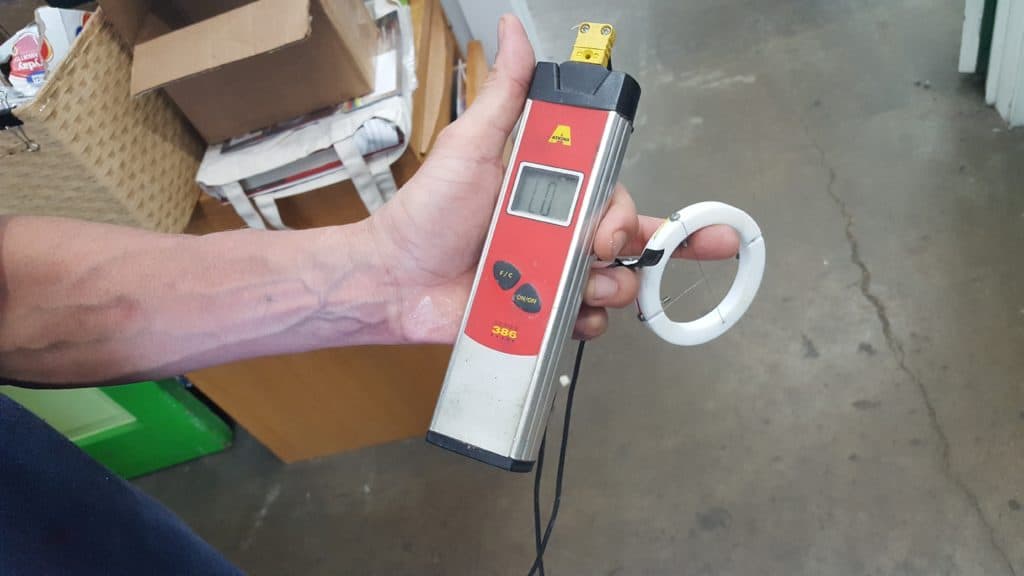
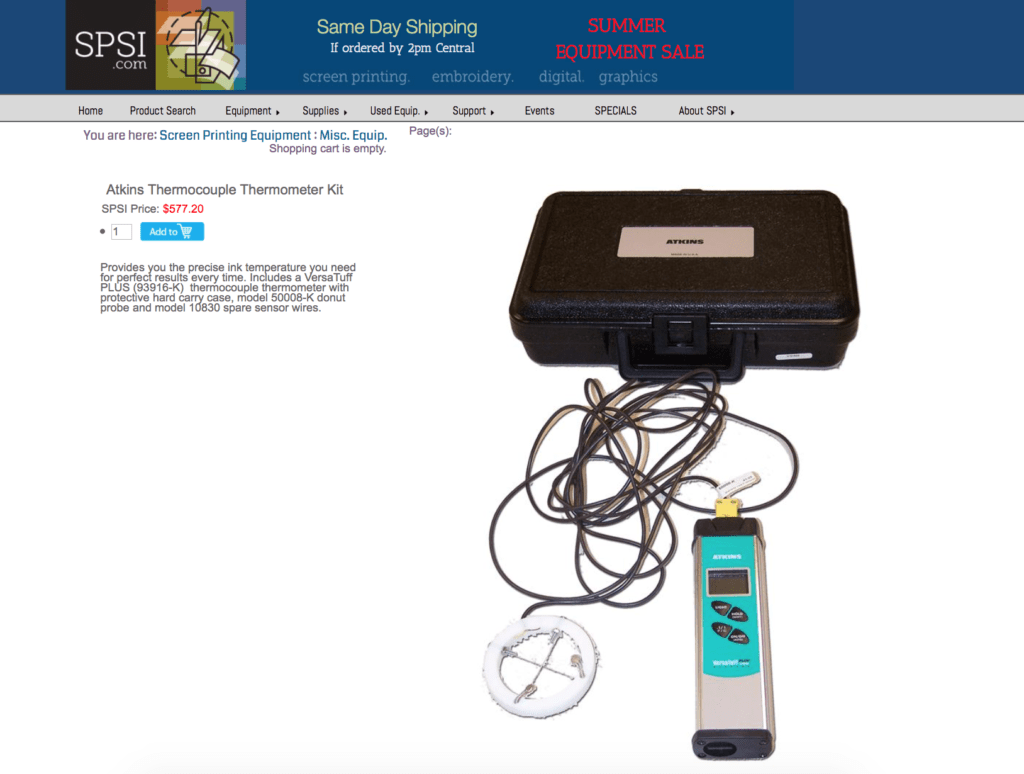
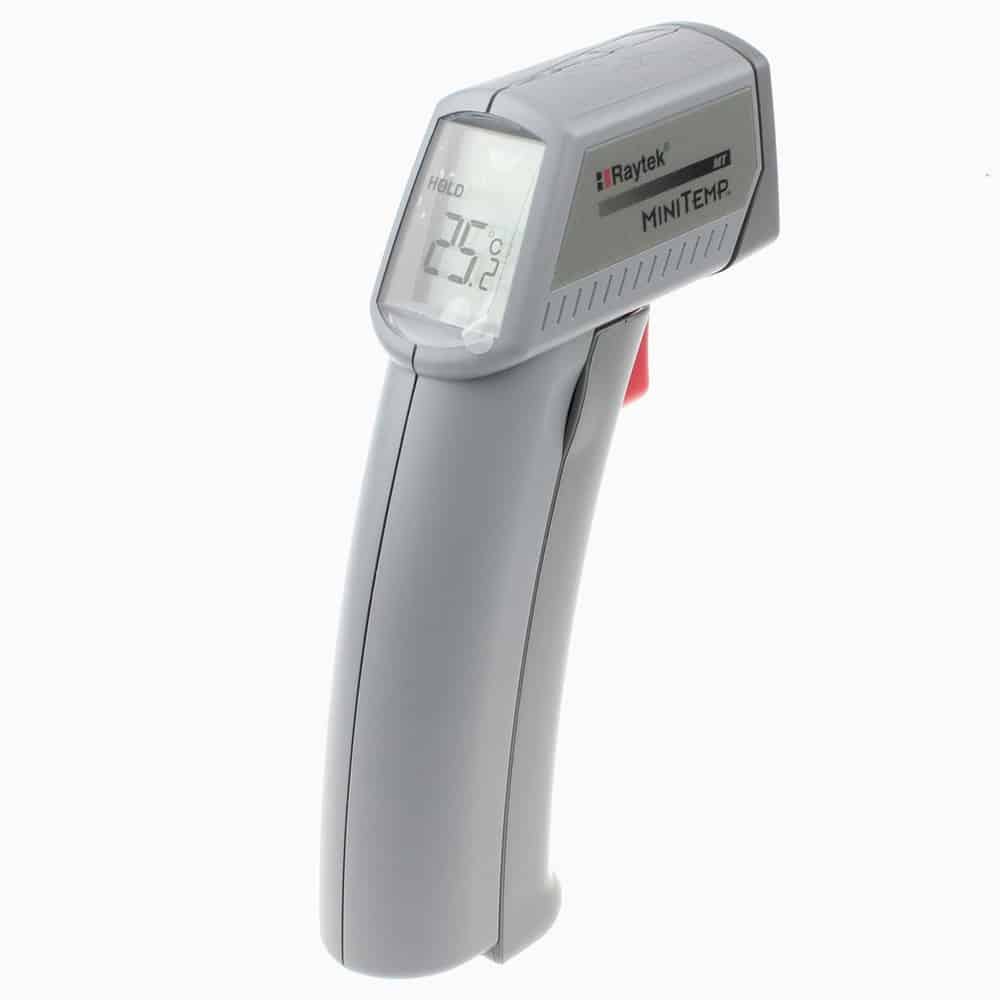
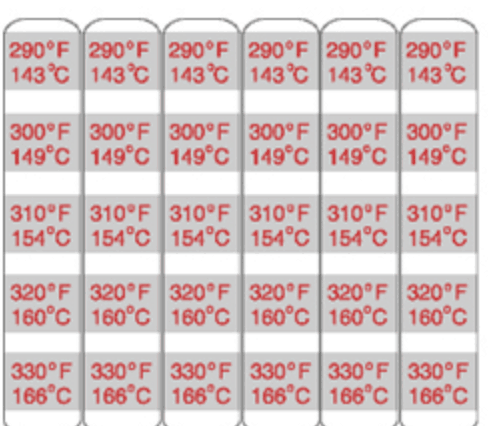
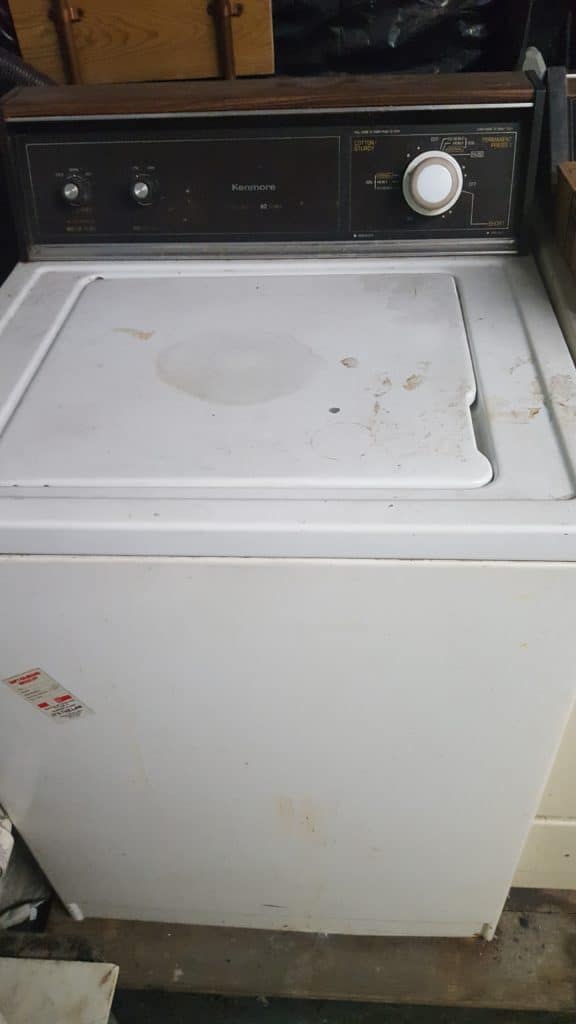


Very well stated!